Ukraine. It's just before Easter. Cut-out paper Easter bunnies lie on the ground. Another is sitting on the windowsill. Colours can still be seen under the dust. Yellow and brown. In addition red little mouths, which work like doll mouths with too much lipstick. There are other animals. A cut out brown bear waits beside the hare on the windowsill and a mural shows a drinking tiger family. In other rooms school exercise books are scattered and posters with Cyrillic characters hang on the wall. In two other rooms children's beds are lined up. Only the metal frames and individual cushions are left. A round hedgehog and a doll keep company on one bed. These rooms were used for teaching, playing, laughing and sleeping. 33 years ago. Since then the rooms have been abandoned and no child has entered them. Every year several thousand tourists visit the exclusion zone for various reasons. I visit Chernobyl to take photographs and to capture something with my pictures, to make people aware of something and to save it from oblivion.
Table of Contents and Quick Navigation
The Kindergarten of Kopachi
Evacuees and Returnees
Tourism in the restricted Zone
Liquidators - the Heroes of Chernobyl
The Village of Prypjat
Prypjat Amusement Park
The Sarcophagus
DUGA-3 Radar Station
Nature comes back
The Kindergarten of Kopachi
The kindergarten belongs to the former village Kopachi. It is located next to the access road to Chernobyl and surrounded by forest. However, we do not see any other buildings. Because the village Kopachi with 1,114 inhabitants at that time no longer exists. It lies within the 30 km exclusion zone that was established around the damaged reactor block after the accident. Within this exclusion zone all wooden houses were torn down for fire protection reasons and buried afterwards. Only two stone houses remained from the village of Kopachi. One of them is the kindergarten.
It's an oppressive feeling here. A mixture of grief and anger is noticeable in my chest. I hold my camera and take some pictures of the lovingly painted paper bunnies and the colourful matryoshkas on the wall. But then I leave the building. Because a large group of visitors from a coach makes its way to the entrance door. I would rather be alone for a while with my impressions.
Evacuees and Returnees
On 26 April 1986 the reactor accident occurred in Unit 4 of the Chernobyl nuclear power plant. But it was not until 27 April 1986, 36 hours after the accident, that the evacuation of the 50,000 inhabitants of Prypyat began. On 2 May the inhabitants of Chernobyl were evacuated. On 4 May the evacuation of the people from the 30 km zone began. By 5 May, 160,000 people had left their residential areas and more than 70 villages had been abandoned. In memory of these abandoned places, a monument was erected in the city of Chernobyl. It consists of place-name signs that line up along a path like crosses.
A total of 330,000 inhabitants had to be evacuated due to the accident. However, in their new home they were not always welcomed, but were sometimes discriminated against as radioactively contaminated.
However, some of the resettled people have returned to their homeland. Some even returned a year after the disaster. Since then they have been living without electricity and running water in the hostile area, some for about 30 years. However, it is unknown how many people live in the restricted area. Estimates are based on about 200 people. Only adults with a minimum age of 50 years are allowed to return officially.
In addition to the returnees who live permanently in the restricted zone, there are about 3,000 people who work in the restricted zone. Most of them work in two-week shifts. Many of them live in the town of Slavutych, 50 km away, which was rebuilt to replace Prypyat after the disaster. In the meantime, about 25,000 people live in the new town, the average age is 30 years. The average income is about twice as high as in the rest of the country, so the city is attractive for many young people.
Tourism in the restricted Zone
Since July 2011, the exclusion zone around the damaged reactor block has been open to visitors. The number of visitors has grown continuously since then. In 2018 there were 70,000 visitors. For 2019, 90,000 visitors are expected. Various agencies offer tours into the restricted zone. Some of them even include a visit to the Babuschkas, the older ladies who have returned home.
In the meantime there is also a hostel and several restaurants in Chernobyl. At the checkpoint, which regulates the access to the restricted area, there is a wide selection of souvenirs to buy. Postcards, books, refrigerator magnets and T-shirts are on sale. I feel a bit like in the Mecca of sensational and disaster tourism.
The reasons why tens of thousands of people visit the place every year are certainly very different. Some have a serious interest in the story, others just an interest in tasteless photos for Instagram. But I very much hope that this place will make every visitor think. Just out of respect for the victims and the bereaved.
There are already ideas to register the city for inclusion in the UNESCO World Heritage List. The documentary heritage related to the accident was already listed in 2017. The documents kept in the State Archives of Ukraine should help to understand the causes of the disaster and its global consequences. During the Soviet era, many documents were subject to secrecy. The release of these documents in the independent Ukraine therefore every year expands the basis for research into the nuclear accident.
But Chernobyl is more than just a Mecca of sensational and disaster tourism. In recent years it has become a symbol of the anti-nuclear movement. It is a memorial to the dangers of nuclear power and the greatest man-made catastrophe ever. A disaster that we must not forget.
Liquidators - the Heroes of Chernobyl
In any case, a visit to the restricted zone leads to strong emotions. These include sadness and compassion for the many victims. We also pay tribute to the heroes, the liquidators, who secured and cleaned up the reactor after the accident. But anger, in particular, is one of the emotions that arise. Anger at the system, which left the victims in the dark and exposed them to radiation for longer than necessary. Because only very few people were aware of the events and dangers at the time.
It remains unclear how many liquidators risked their lives to save other human lives after the reactor disaster. Various sources report between 500,000 and 800,000 people. People who at some point knew that they would suffer physical damage or even risk death. But still they continued their work. Carefully and conscientiously. With all the means at their disposal. Protected by homemade suits and lead plates tied to their backs, they fought an invisible enemy.
The Village of Prypjat
I get out of the minibus and notice immediately that the wind has refreshed. A gust whirls up dust from the gravel road. I hold my scarf in front of my face, cover my mouth and nose and breathe carefully. Just don't inhale any dust. Because the biggest radiation exposure comes from the inside. From tiny particles, which are taken up over the food or breathing air. For this reason, eating and drinking outdoors within the restricted zone is not permitted.
Prypjat is about 4 kilometres away from the damaged reactor block. In 1986, before the catastrophe, the city had 50,000 inhabitants. The average age was about 26 years. There were 15,500 children living in the city. Around noon on 27 April, the population was finally asked to prepare for a three-day absence. The inhabitants were left in the belief that they would be able to return soon after their evacuation. The remaining furniture and furnishings now tell their stories.
However, due to the danger of collapse, it was no longer possible to enter the buildings during my Easter 2019 tour.
Prypjat Amusement Park
The Prypjat amusement park is one of the most famous motifs from the restricted zone. The big Ferris wheel is one of the most impressive memorials for the nuclear catastrophe. The park was built for the May 1, 1986 celebrations. One day after the Chernobyl disaster, the park was opened to the public. It was supposed to provide distraction. But after only a few hours the evacuation of the city began.
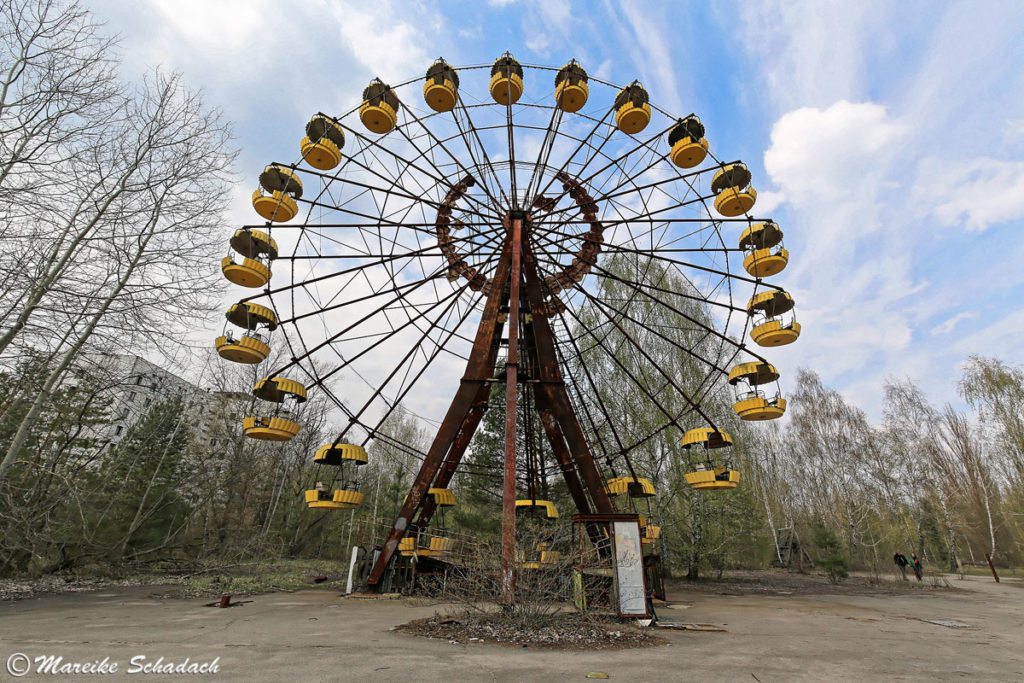
The Sarcophagus
Um den Reaktorblock 4 wurde nach der Havarie schließlich eine Schutzhülle aus Stahl und Beton errichtet. Nach 200 Tagen Bauzeit war sie dann fertig und bot einen ersten Schutz gegen die Strahlung. Der alte “Sarkophag” hat jedoch über die Jahre Risse bekommen und drohte einzustürzen. Daher wurde ein neuer Sarkophag in ca. 300 m Abstand zum Reaktor errichtet. Nach fünf Jahren Bauzeit wurde er dann im Jahr 2016 auf Schienen Stück für Stück über die alte Hülle geschoben. Es ist das größte bewegliche Bauwerk der Welt und ist 30.000 Tonnen schwer. Nun soll es die nächsten 100 Jahre lang den Austritt radioaktiver Stoffe verhindern.
Today, next to the power station, a monument commemorates the victims of Chernobyl.
DUGA-3 Radar Station
A narrow, kilometre-long concrete slab road leads us through a dense coniferous forest directly to an abandoned military area. Above the treetops we can spot the huge antennas of the DUGA-3 radar station. It is a very impressive building that consists of a larger and a smaller antenna. The bigger one is about 450 meters long and about 150 meters high, the smaller one is only about 250 meters wide and 80 meters high. The over-horizon radar used here is also called "Woodpecker", because the sounds produced are reminiscent of the knocking of a woodpecker. DUGA-3 was part of the Soviet missile defence system. It was intended to detect the launch of missiles in Europe and America. The station is said to have had a range of over 10,000 km. After the reactor disaster, however, the station had to be abandoned and technical details and photos were made public.
Nature comes back
But nature is slowly but unstoppably recovering the area around the damaged reactor. Thus the abandoned ghost town becomes a new habitat. Birches and willows now overgrow the open spaces. Moose and wild boars, deer and wolves populate the region. The photo traps have even documented a brown bear. In order to increase the diversity of species, Przewalski horses have been settled here, which have been developing steadily for several years. We were lucky and saw a herd of them.
Have you ever been to Chernobyl yourself? What were your impressions? Do you have any questions about my article or further suggestions? If so, please write me a comment!
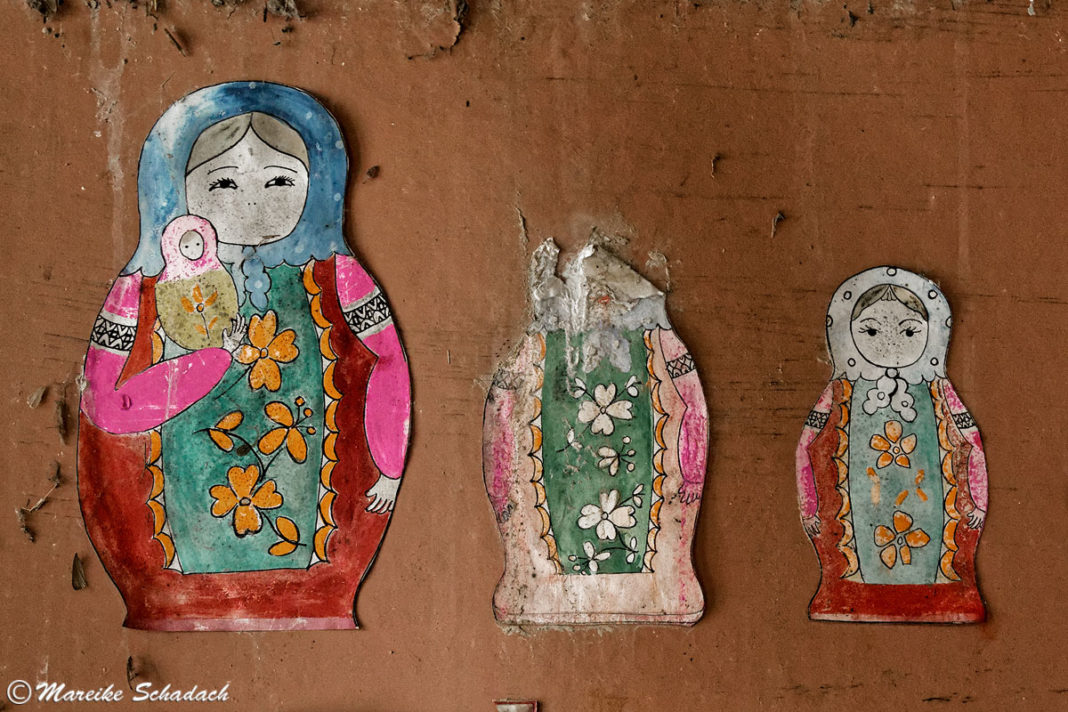
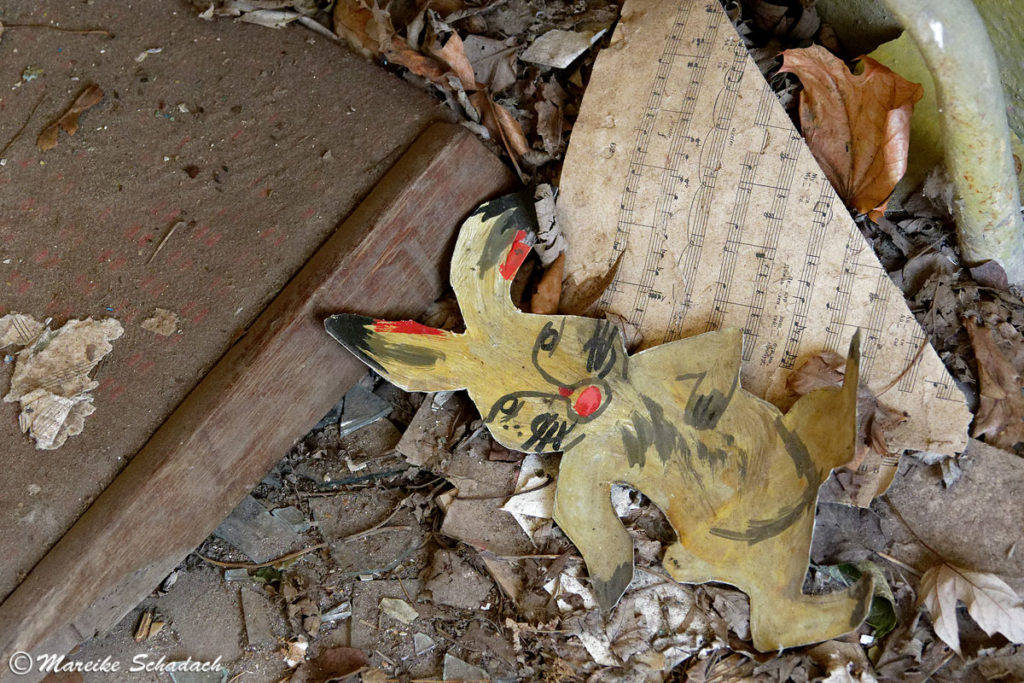

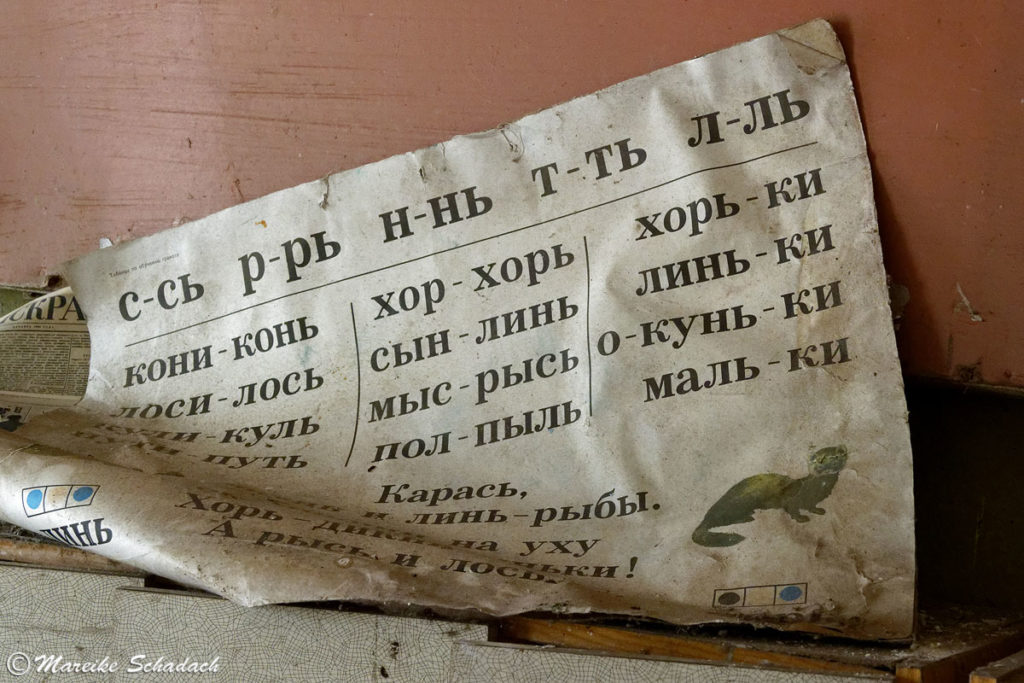
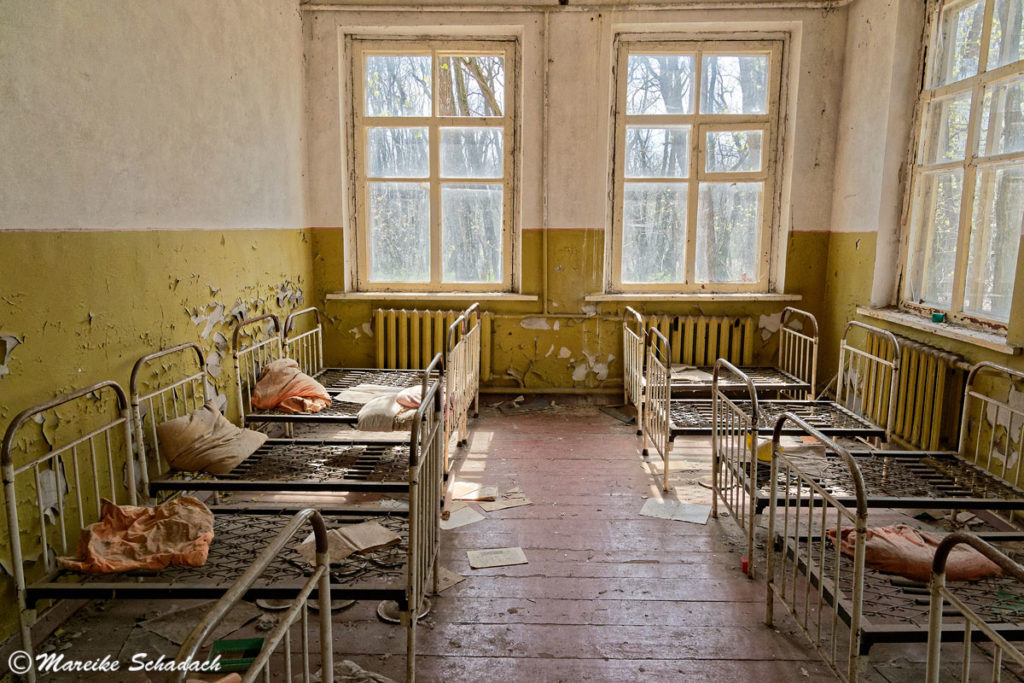
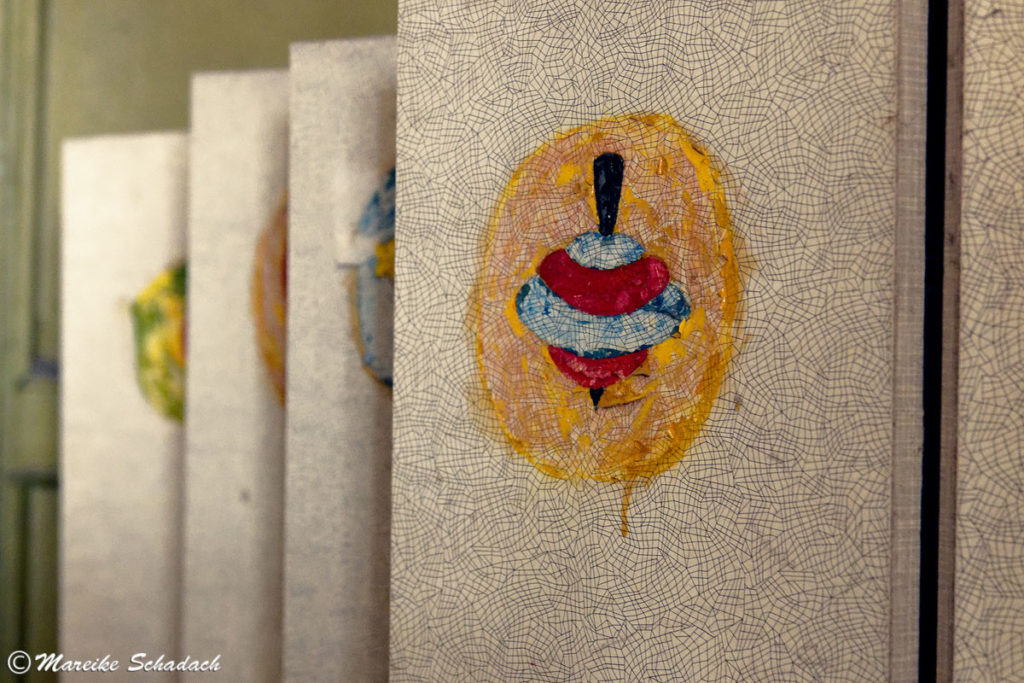
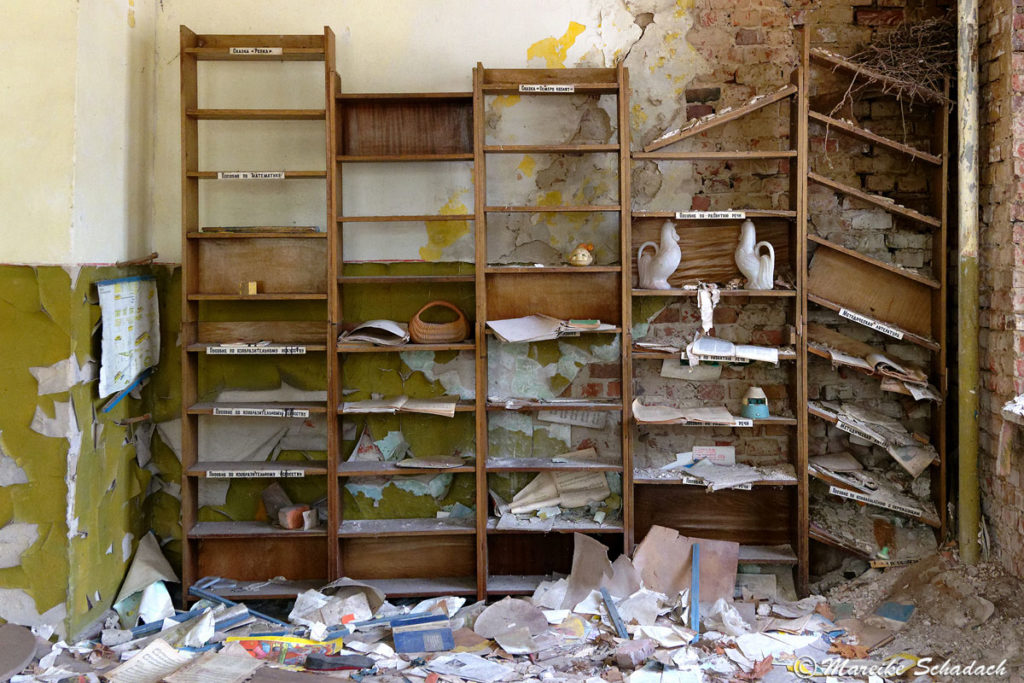
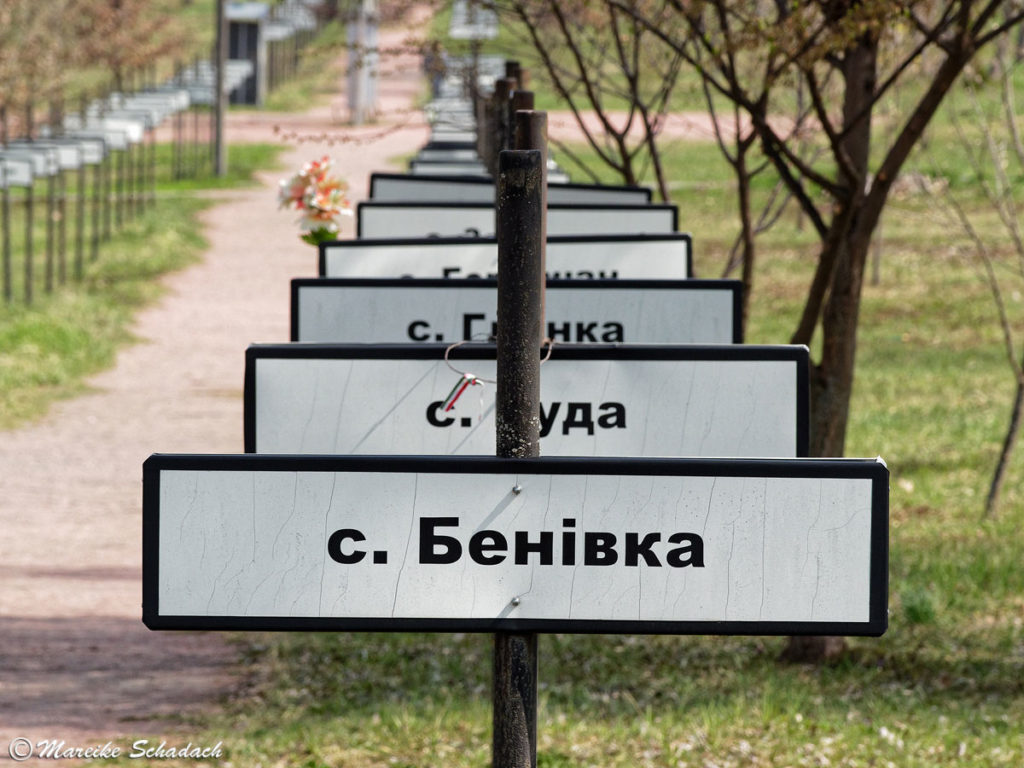
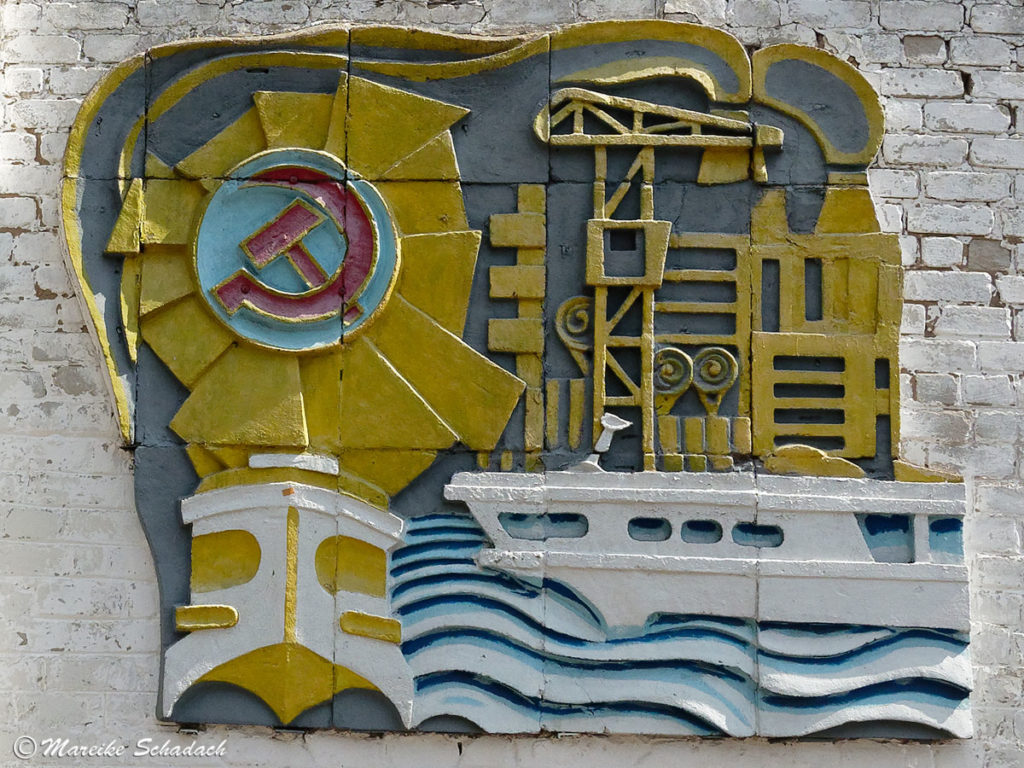
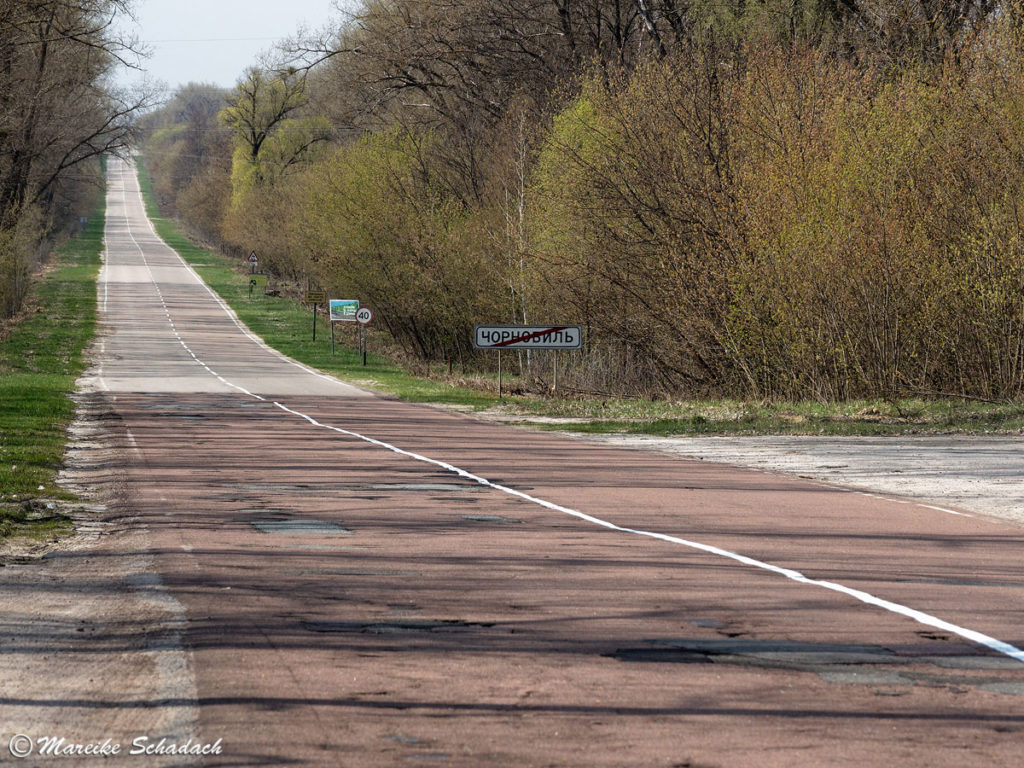

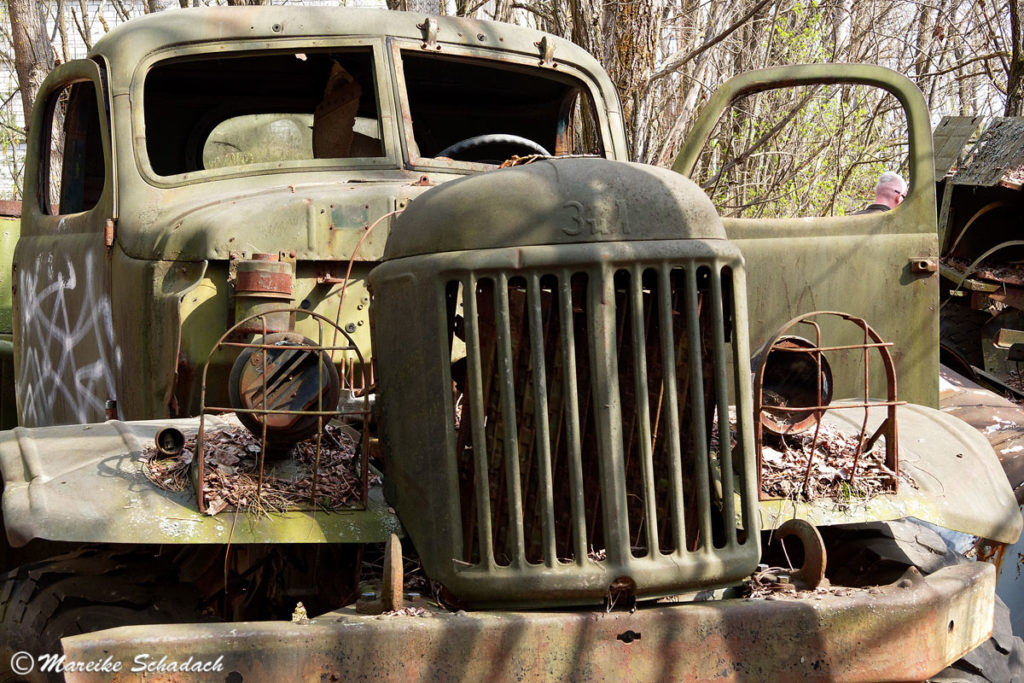
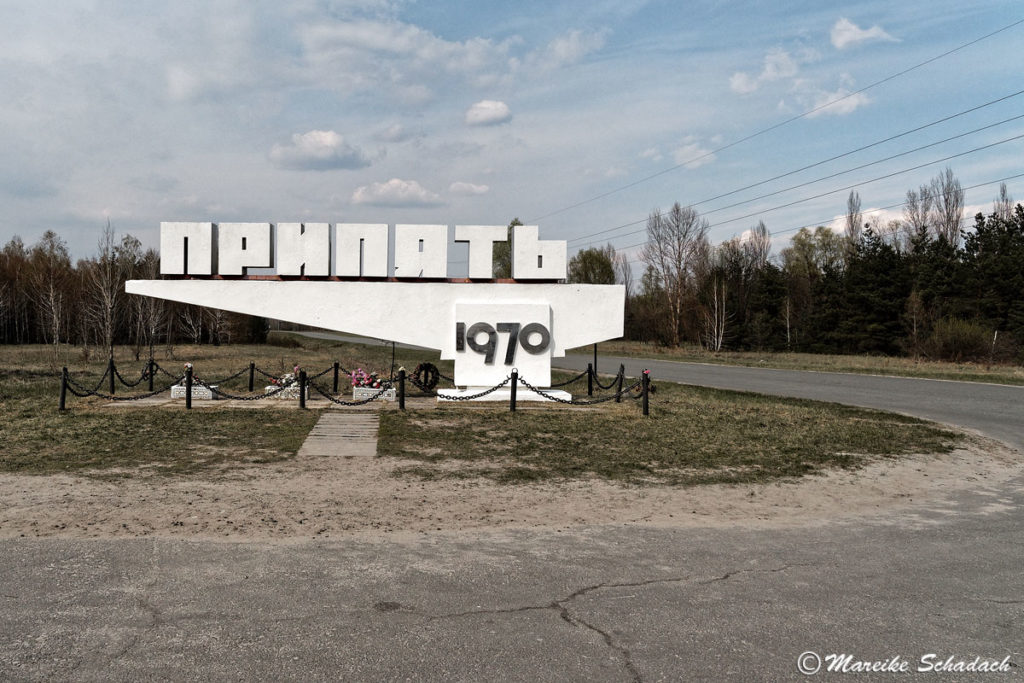
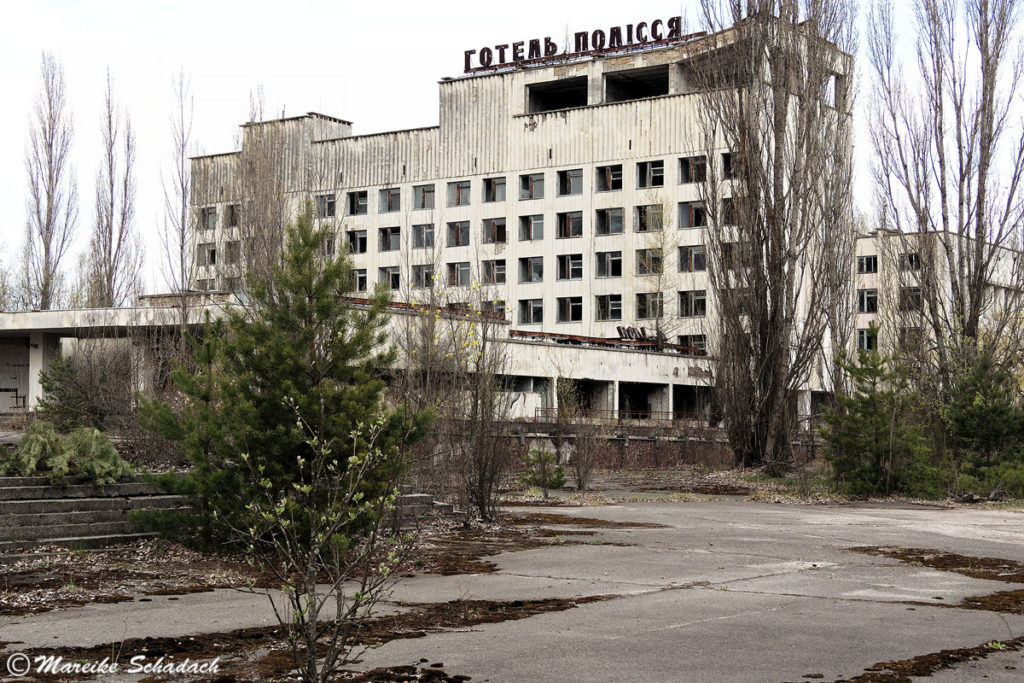
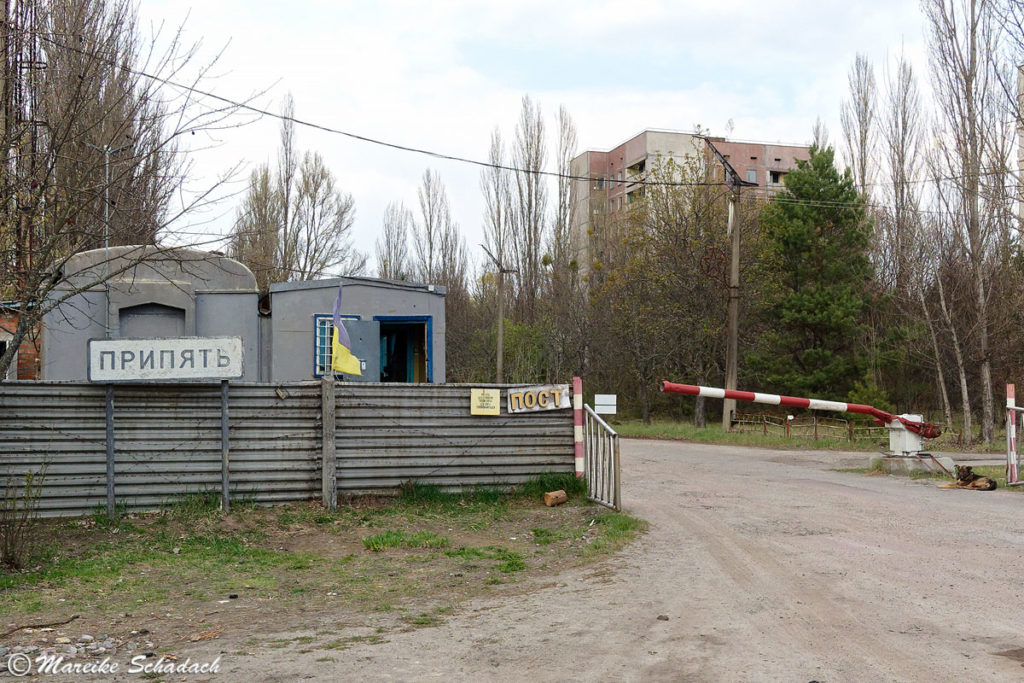

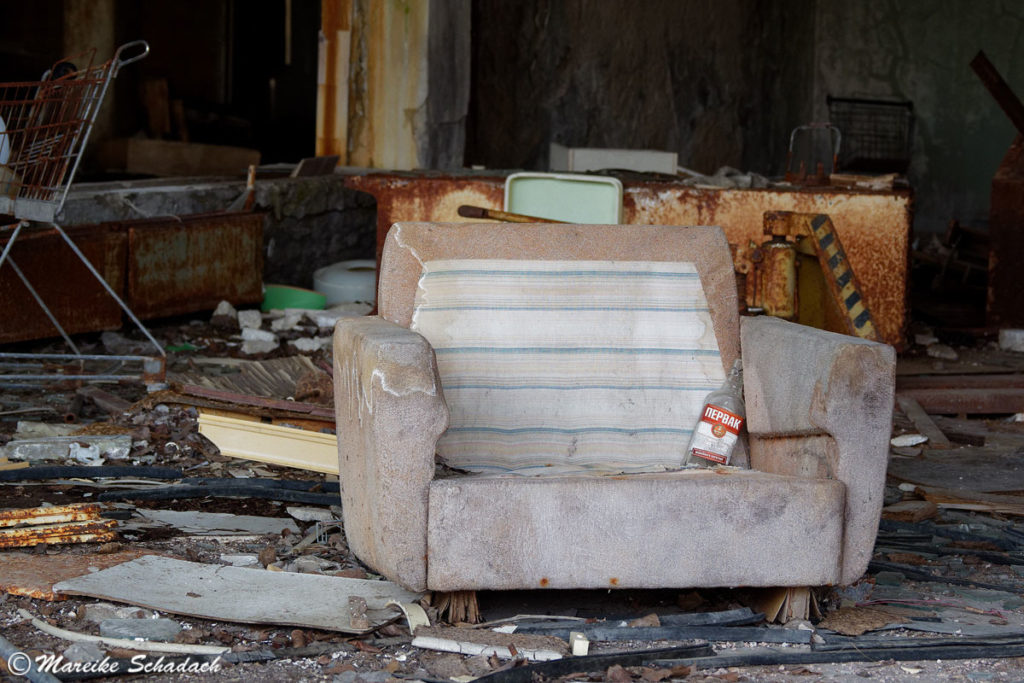
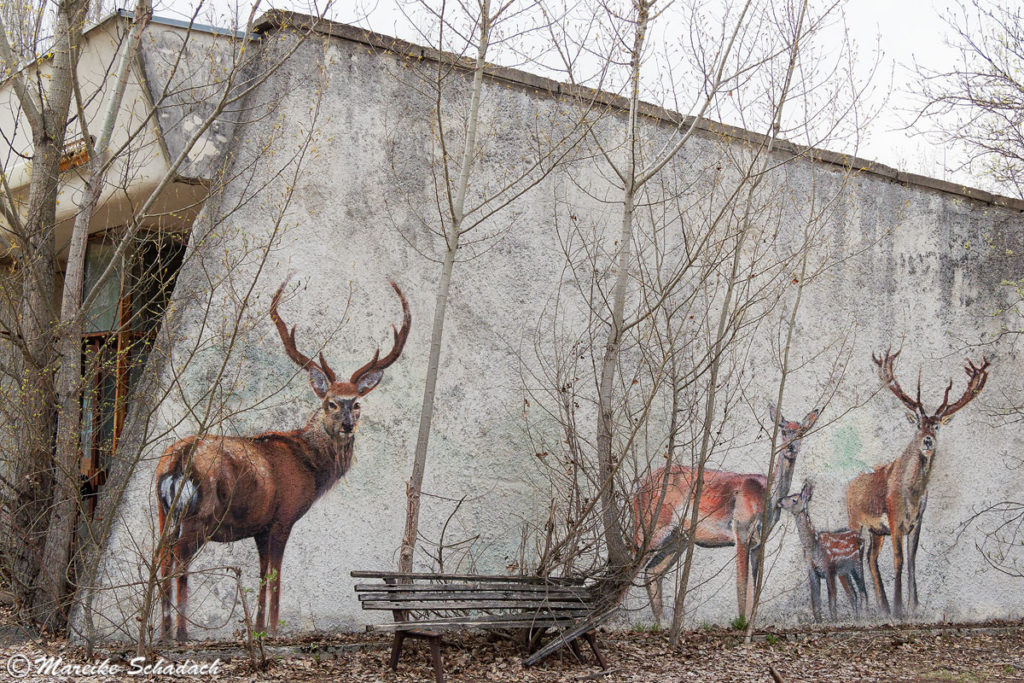
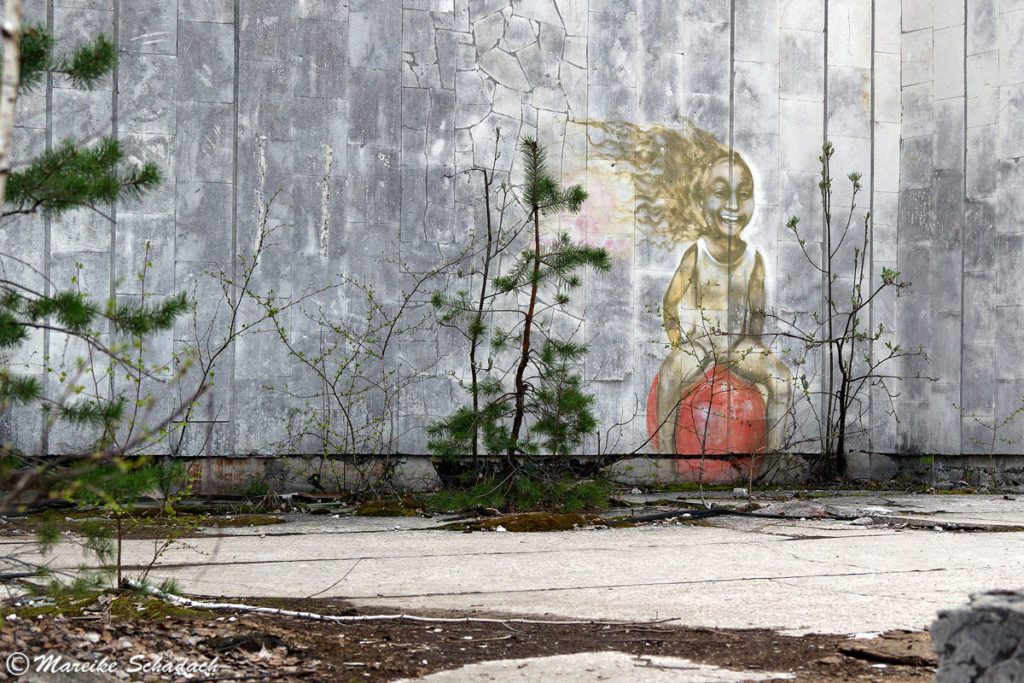
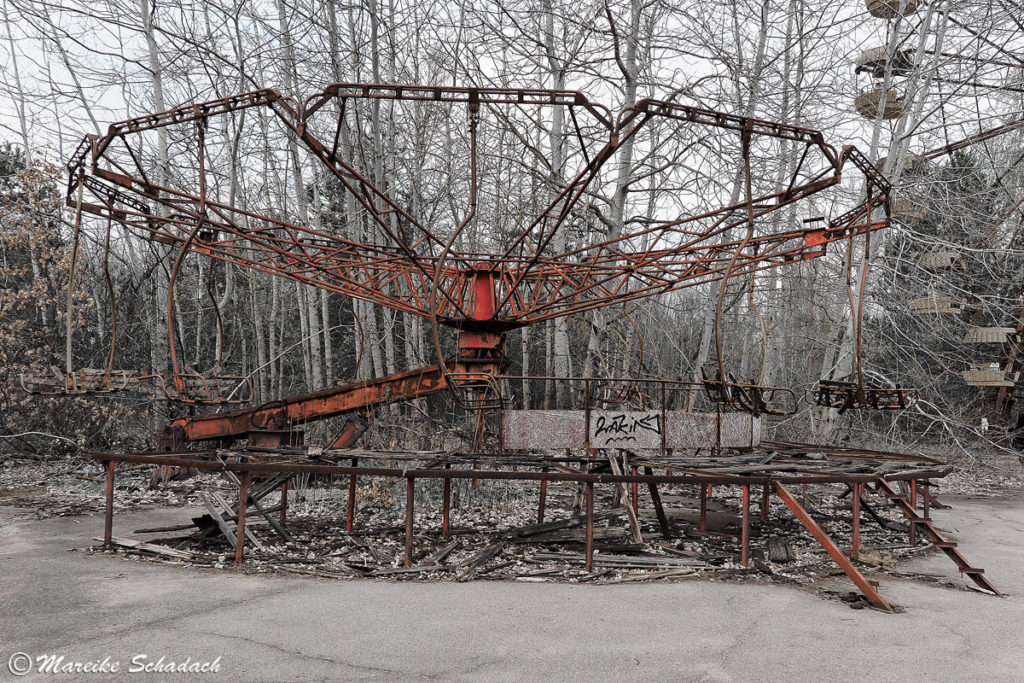
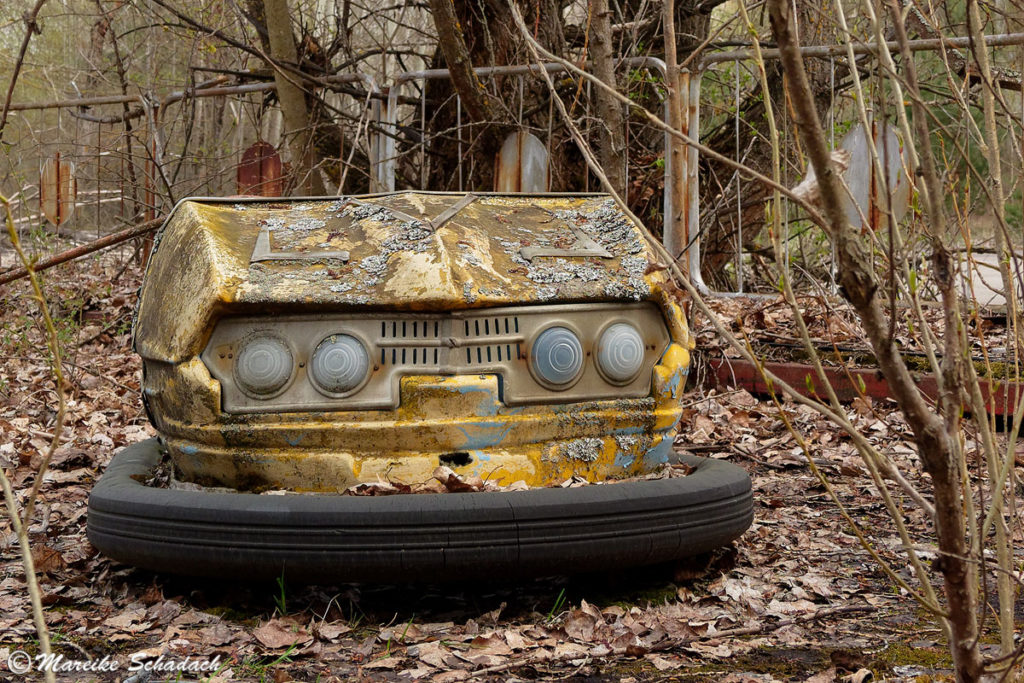
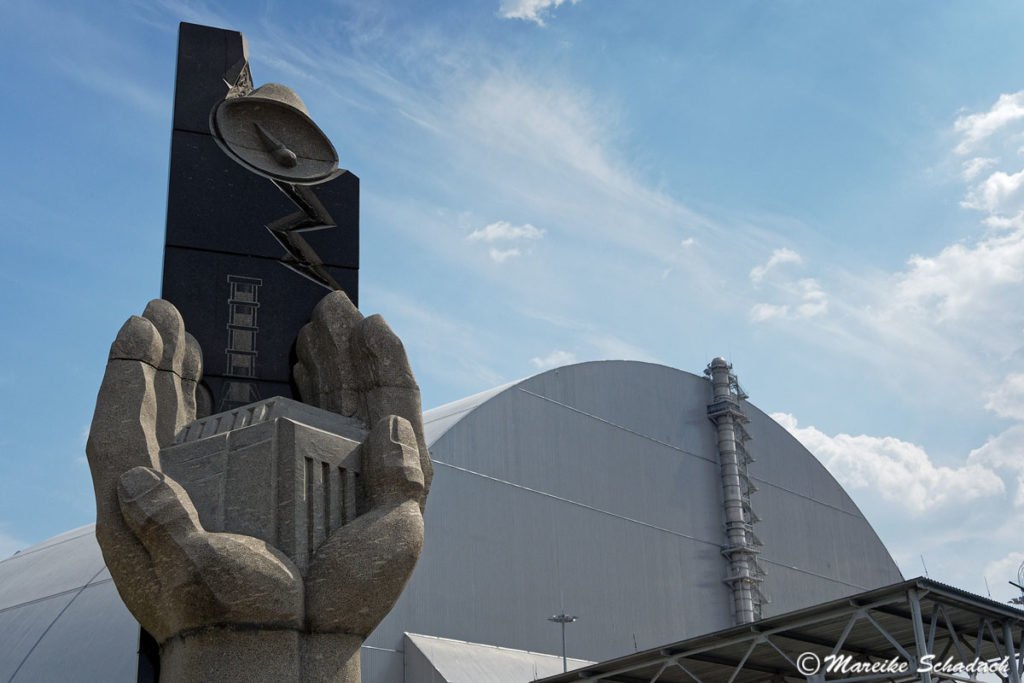
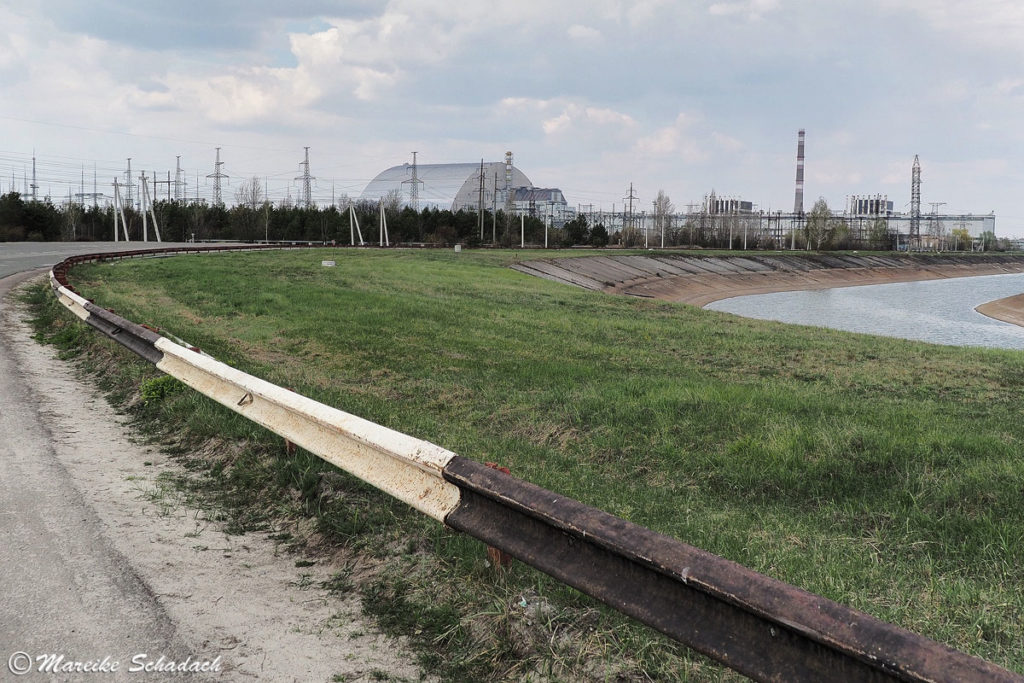
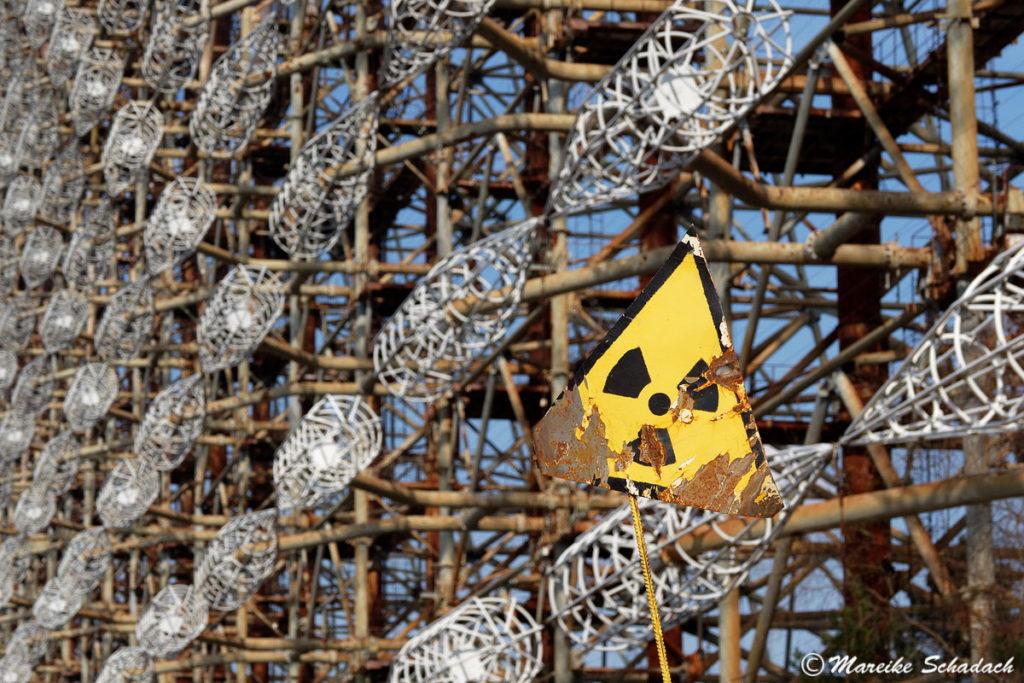

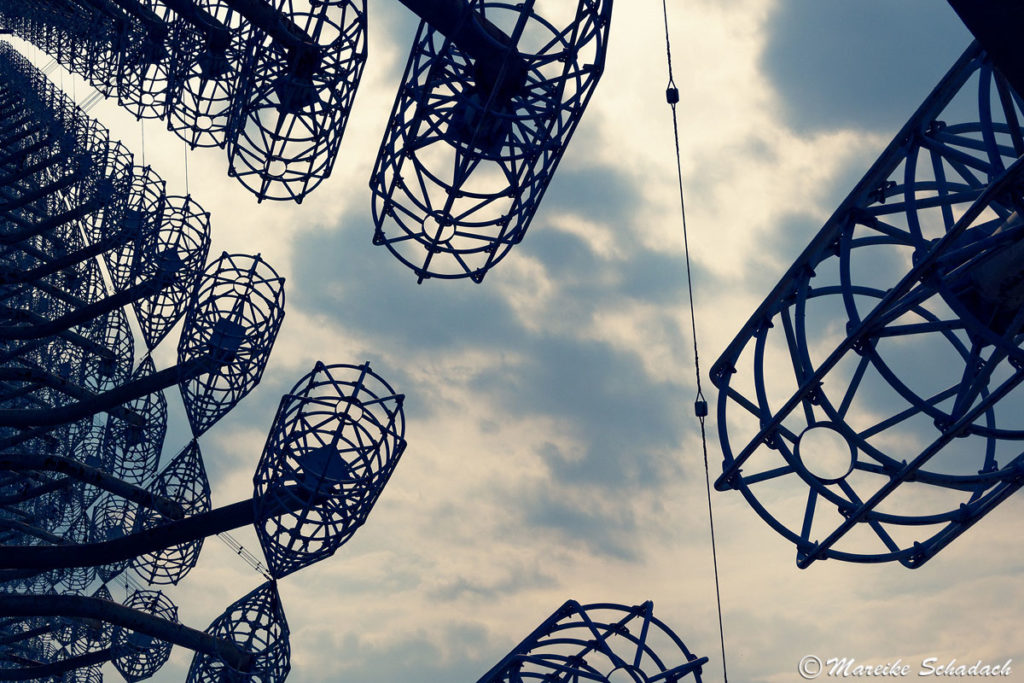

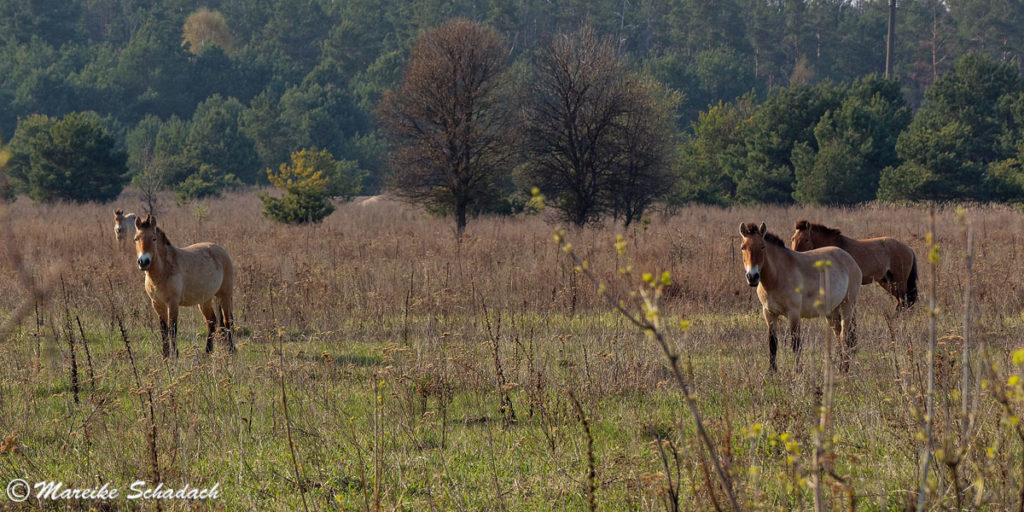
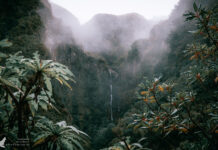

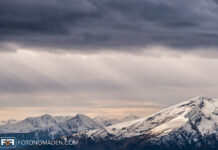


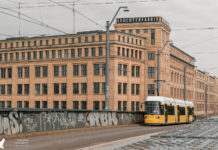




Ein toller Reisebericht den Du hier geschrieben hast. Schade das die Region geopolitisch nicht zur Ruhe kommt. Leider wird die Sperrzone Tschernobyl nicht mehr so sein wie hier beschrieben. Sämtliche Brücken wurden zerstört und Bunkeranlagen und Befestigungen entlang der Grenze zu Belarus gegraben. Die Babushkas sind hier die am meisten leiden müssen da die Versorgung noch schwieriger geworden ist.
Hallo Marek, vielen Dank für dein Feedback. Ich war damals schon beeindruckt von den Babushkas, die ich leider nie kennen gelernt habe, und habe sie für ihre Zähigkeit bewundert. Dass es nochmal viel härter kommt hätte ich nie gedacht…ich sah eher eine positive Entwicklung für die ganze Region. Aber das wird wohl noch dauern. Als ich den Artikel schrieb, hatte ich auch nicht gedacht, dass mein Titel “Fotografieren gegen das Vergessen” nochmal eine zweite Bedeutung bekommen wird.
Liebe Grüße und alles gute für euch und eure Fototouren!